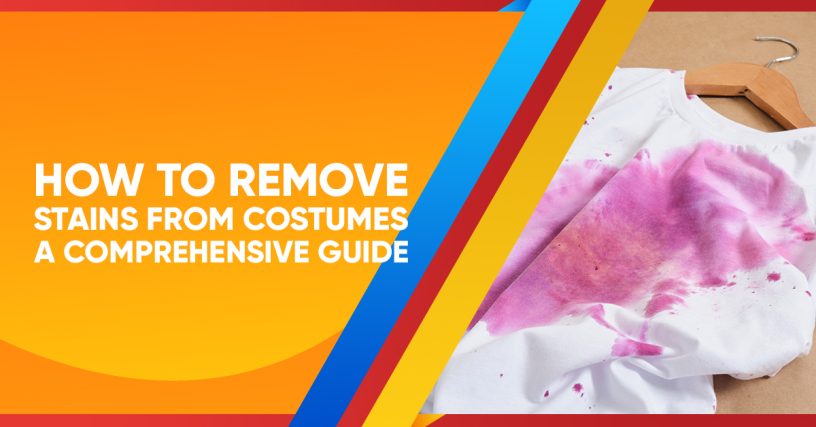A clean and well-maintained costume is essential for any performance or event. A pristine costume not only ensures a professional appearance but also helps maintain the costume’s longevity. This guide aims to provide an overview of common types of stains and their sources, as well as effective techniques on how to remove different stain types from costumes.
Table of contents
Estimated reading time: 8 minutes
Common types of stains that can affect costumes include:
- oil-based stains (such as makeup and grease)
- protein-based stains (like blood and sweat)
- tannin-based stains (from tea, coffee, and wine)
- and ink-based stains.
Knowing the source of the stain is crucial for choosing the right removal technique.
II. Types of Stains and How To Remove Them From Costumes
A. Oil-based stains (e.g., makeup, grease)
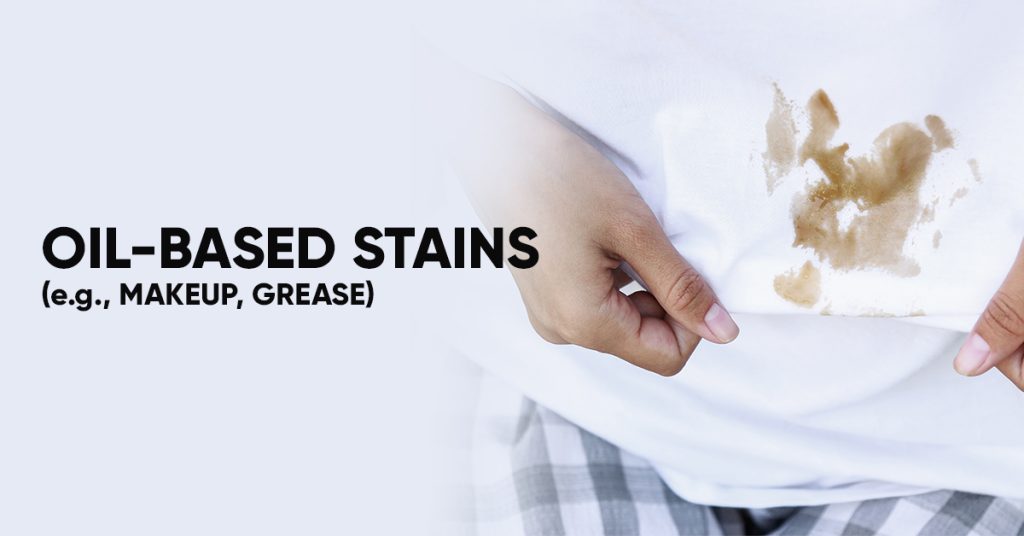
- Blotting with absorbent paper: As soon as you notice the stain, gently blot the area with an absorbent paper towel or a clean cloth to remove excess oil. Avoid rubbing, as this can spread the stain and make it harder to remove.
- Applying a stain-removing solution: Use a stain remover specifically designed for oil-based stains, or create your own by mixing a few drops of dishwashing liquid with warm water. Apply the solution to the stain and gently rub with a soft brush or cloth, working from the outside of the stain inward.
- Washing with a gentle detergent: After treating the stain, wash the costume according to the care label instructions, using a gentle detergent. Check the stain before drying to ensure it has been removed; if not, repeat the treatment process.
B. Protein-based stains (e.g., blood, sweat)
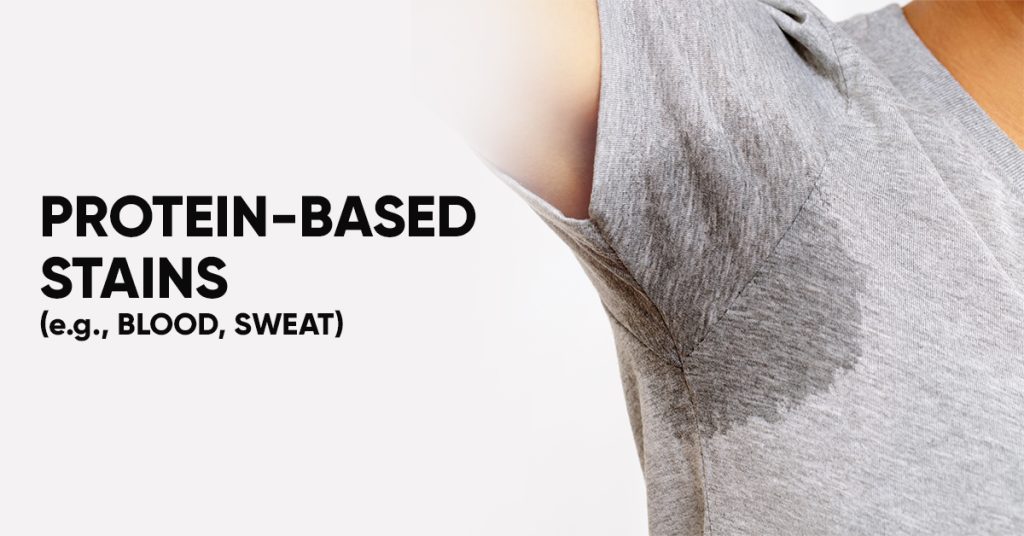
- Cold water soak: Soak the stained area in cold water as soon as possible, as hot water can set protein-based stains. Gently rub the fabric to help loosen the stain.
- Enzyme-based stain remover: Apply an enzyme-based stain remover to the stained area, following the product’s instructions. The enzymes will help break down the proteins, making it easier to remove stains from costumes.
- Washing with a gentle detergent: Wash the costume with a gentle detergent, following the care label instructions. Inspect the stained area before drying; if the stain remains, repeat the treatment process.
C. Tannin-based stains (e.g., tea, coffee, wine)
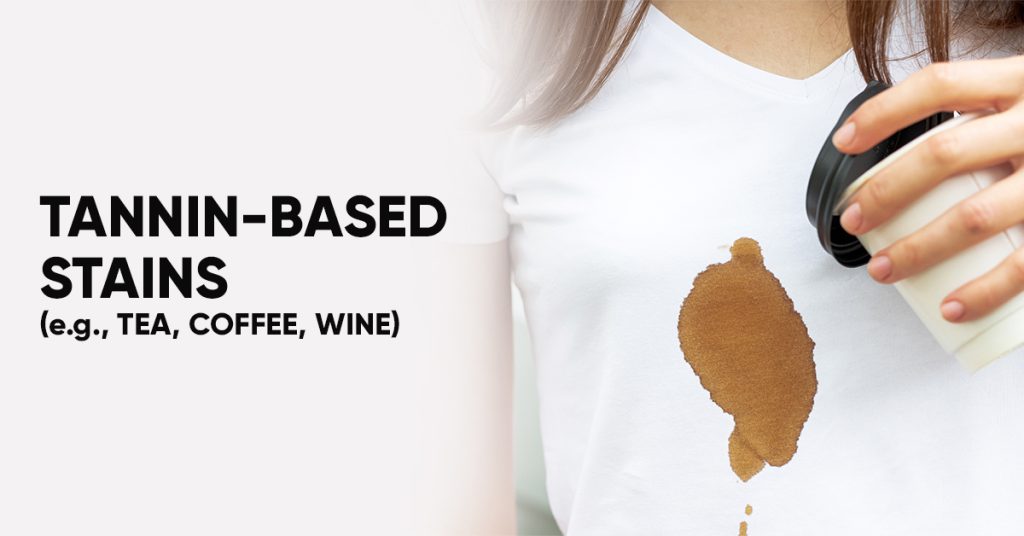
- Blotting with a damp cloth: Blot the stain with a clean, damp cloth as soon as possible to remove excess liquid.
- Applying white vinegar or lemon juice: Mix equal parts white vinegar or lemon juice with water and apply the solution to the stain using a clean cloth or sponge. Allow the solution to sit for a few minutes before rinsing with cold water.
- Washing with a gentle detergent: Wash the costume according to the care label instructions, using a gentle detergent. Check the stained area before drying; if the stain persists, repeat the treatment process.
D. Ink-based stains
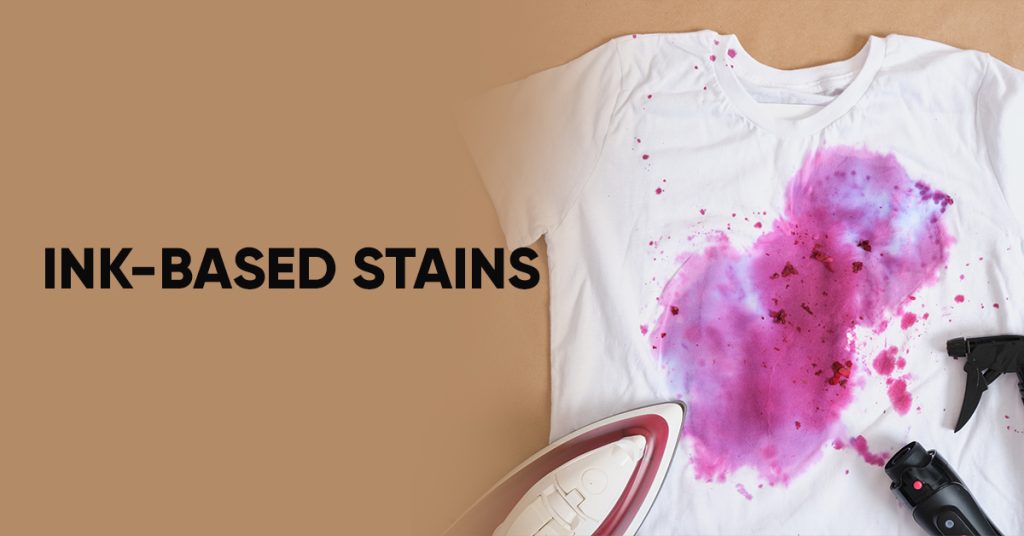
- Rubbing alcohol or acetone application: Apply rubbing alcohol or acetone (for non-synthetic fabrics) to a cotton ball or cloth and gently dab the stain. The solvent will help dissolve the ink, making it easier to remove stains from costumes. Be sure to test the solvent on an inconspicuous area of the fabric first to ensure it doesn’t cause damage. Allow the solvent to sit for a few minutes, then blot with a clean cloth to lift the ink.
- Glycerin-based stain remover: If the ink stain persists, apply a glycerin-based stain remover to the ink stain and let it sit for several minutes. Gently rub the stain with a clean cloth or soft brush, working from the outside of the stain inward. Rinse the area with cold water to remove the glycerin and loosened ink.
- Washing with a gentle detergent: After treating the stain with rubbing alcohol, acetone, or glycerin, wash the costume according to the care label instructions, using a gentle detergent. Inspect the stained area before drying; if the stain remains, repeat the treatment process.
III. Tips for Specific Costume Materials
A. Synthetic fabrics (e.g., polyester, nylon)
- Pre-treating stains: Synthetic fabrics can be more resistant to stains, but it’s still essential to pre-treat any stains before washing. Use a stain remover designed for synthetic fabrics or create a homemade solution by mixing a few drops of dishwashing liquid with warm water. Apply the solution to the stain and let it sit for several minutes before washing.
- Washing and drying recommendations: Wash synthetic costumes on a gentle cycle with cold water and a gentle detergent. Avoid using bleach or fabric softeners, as they can damage the fabric. Hang or lay flat to dry, as high heat from the dryer can cause synthetic fabrics to shrink or become misshapen.
B. Natural fabrics (e.g., cotton, linen, silk)
- Pre-treating stains: Pre-treat stains on natural fabrics with a stain remover or homemade solution suitable for the specific fabric. For silk, be sure to use a stain remover designed for delicate fabrics to avoid damaging the material.
- Washing and drying recommendations: Wash cotton and linen costumes in cold water with a gentle detergent. Hang or lay flat to dry. For silk costumes, hand wash with a delicate fabric detergent, then gently press out excess water with a clean towel. Avoid wringing or twisting the fabric. Lay the silk costume flat on a clean, dry towel to air dry.
C. Delicate fabrics (e.g., lace, tulle, velvet)
- Handwashing techniques: Hand wash delicate fabrics like lace, tulle, and velvet with a mild detergent designed for delicate fabrics. Fill a basin or sink with cool water and add the detergent. Submerge the costume and gently agitate the water to clean the fabric. Rinse thoroughly with cold water, taking care not to wring or twist the material.
- Proper drying and storage: Gently press out excess water from the fabric using a clean, dry towel. Lay the costume flat on a clean towel to air dry, reshaping the fabric as needed. Store delicate costumes in a cool, dry place away from direct sunlight, preferably wrapped in acid-free tissue paper or in a breathable garment bag.
IV. Preventive Measures for Stain Management
A. Proper storage of costumes: Properly storing costumes helps protect them from stains and damage. Hang or fold costumes neatly, depending on the fabric and design. Use padded or wooden hangers for hanging costumes, and place acid-free tissue paper between layers of fabric when folding. Store costumes in a cool, dry, and well-ventilated area away from direct sunlight. Use breathable garment bags or cover costumes with clean, white sheets to keep them dust-free and minimize the risk of staining.
B. Using protective garments during makeup application: Wearing protective garments, such as smocks or robes, while applying makeup can help prevent makeup stains on costumes. Ensure that all makeup is dry and set before putting on the costume. Additionally, use makeup products that are less prone to smudging or transfer, and consider using makeup setting sprays to further reduce the risk of stains.
C. Carrying a stain-removal kit for emergencies: Be prepared for unexpected stains by carrying a stain-removal kit with you to performances or events. The kit should include items such as absorbent paper towels, a small bottle of stain remover or pre-treated wipes, a clean cloth or sponge, and a small container of water. Having these items on hand will allow you to address stains quickly and minimize damage to your costume.
Conclusion
In summary, it is crucial to know the type of stain you are dealing with in order to effectively remove it from your costume. Common stain types include oil-based, protein-based, tannin-based, and ink-based stains, and each requires a different removal technique. Additionally, consider the specific costume material when treating stains and follow appropriate washing and drying recommendations. Employ preventive measures, such as proper storage and using protective garments during makeup application, to minimize the risk of stains.
By following these stain removal techniques and preventive measures, you can maintain clean and well-kept costumes that will continue to look polished and professional for every performance or event. The care and attention you give to your costumes will not only help preserve their appearance but also extend their lifespan, ensuring that you can enjoy them for years to come.
Read More:

